



Ross and Cromarty | 1542
Tulloch Hill overlooks from the north the town of Dingwall in Ross and Cromarty near to the head of the Cromarty Firth. Archaeological finds have shown that the area has been in occupation since the Neolithic period. The name Tulloch itself likely comes from the Gaelic for ‘hillock’ and is a common place name across Scotland.
However, the castle possibly incorporates an older fortification on the site dating back to around the twelfth century. There is a legend that the area was once held by the Norse who may have built the first stronghold here.
1931 OS map Ross and Cromarty Sheet LXXVI.SE. Reproduced with the permission of the National Library of Scotland (CC-BY NLS)
In the sixteenth and early seventeenth centuries land at Tulloch was held by the Monro and Bain families. The Bains were prominent in the Dingwall area over several centuries. In 1542 lands of Tulloch were confirmed by King James V on Duncan Bain. In 1597, clansmen of the Bains of Tulloch and the Munros were involved in the small skirmish or battle of Logiebride against Clan Mackenzie.
Caisteal Gòrach © Alpin Stewart (CC BY-SA 2.0)
Bain was a representative for Ross in the 1685 Scottish parliament. Following the Glorious Revolution, he swore allegiance to King William and Queen Mary. His son, John Bain, represented the Burgh of Dingwall in the Scottish parliament during the early 1700s.
After his death Tulloch, was inherited by his brother Duncan Davidson who was also a merchant and served as MP for Cromartyshire in 1790. Around this time, a folly was designed for the Davidsons by the famous architect Robert Adam and built near to Tulloch Castle. Tulloch was passed through the Davidson line, and the family were important nationally during the nineteenth century.
Tulloch Castle, Dingwall © Euan Nelson (CC BY-SA 2.0)
From 1918, Vickers was chairman of the Vickers company which had begun as a steel business but had progressed to armaments manufacture. Tulloch Castle was for some time their family home. During the Second World War it was used a hospital for casualties from Dunkirk. The castle after the war served as a dormitory for students and is now a hotel. The Barony of Tulloch has since passed from the Vickers family to the current holders, the Williens, who hold the caput of the barony at Brick House Land and are registered in Burke’s Peerage.
Neglected access track behind Tulloch Castle © Julian Paren (CC BY-SA 2.0)






Ross and Cromarty | 1542
Tulloch Hill overlooks from the north the town of Dingwall in Ross and Cromarty near to the head of the Cromarty Firth. Archaeological finds have shown that the area has been in occupation since the Neolithic period. The name Tulloch itself likely comes from the Gaelic for ‘hillock’ and is a common place name across Scotland.
However, the castle possibly incorporates an older fortification on the site dating back to around the twelfth century. There is a legend that the area was once held by the Norse who may have built the first stronghold here.
1931 OS map Ross and Cromarty Sheet LXXVI.SE. Reproduced with the permission of the National Library of Scotland (CC-BY NLS)
In the sixteenth and early seventeenth centuries land at Tulloch was held by the Monro and Bain families. The Bains were prominent in the Dingwall area over several centuries. In 1542 lands of Tulloch were confirmed by King James V on Duncan Bain. In 1597, clansmen of the Bains of Tulloch and the Munros were involved in the small skirmish or battle of Logiebride against Clan Mackenzie.
Caisteal Gòrach © Alpin Stewart (CC BY-SA 2.0)
Bain was a representative for Ross in the 1685 Scottish parliament. Following the Glorious Revolution, he swore allegiance to King William and Queen Mary. His son, John Bain, represented the Burgh of Dingwall in the Scottish parliament during the early 1700s.
After his death Tulloch, was inherited by his brother Duncan Davidson who was also a merchant and served as MP for Cromartyshire in 1790. Around this time, a folly was designed for the Davidsons by the famous architect Robert Adam and built near to Tulloch Castle. Tulloch was passed through the Davidson line, and the family were important nationally during the nineteenth century.
Tulloch Castle, Dingwall © Euan Nelson (CC BY-SA 2.0)
From 1918, Vickers was chairman of the Vickers company which had begun as a steel business but had progressed to armaments manufacture. Tulloch Castle was for some time their family home. During the Second World War it was used a hospital for casualties from Dunkirk. The castle after the war served as a dormitory for students and is now a hotel. The Barony of Tulloch has since passed from the Vickers family to the current holders, the Williens, who hold the caput of the barony at Brick House Land and are registered in Burke’s Peerage.
Neglected access track behind Tulloch Castle © Julian Paren (CC BY-SA 2.0)








Contact
Forum for the Scottish Baronage, c/o Brodies LLP, Capital Square, 58 Morrison Street, Edinburgh EH3 8BP, Scotland UK
Copyright
Copyright 2022, Forum for The Scottish Baronage, as a collective work, all additional rights to content contributed and/or licensed contained herein are expressly reserved to such contributors and licensors as independently owned and protected copyrighted works.





